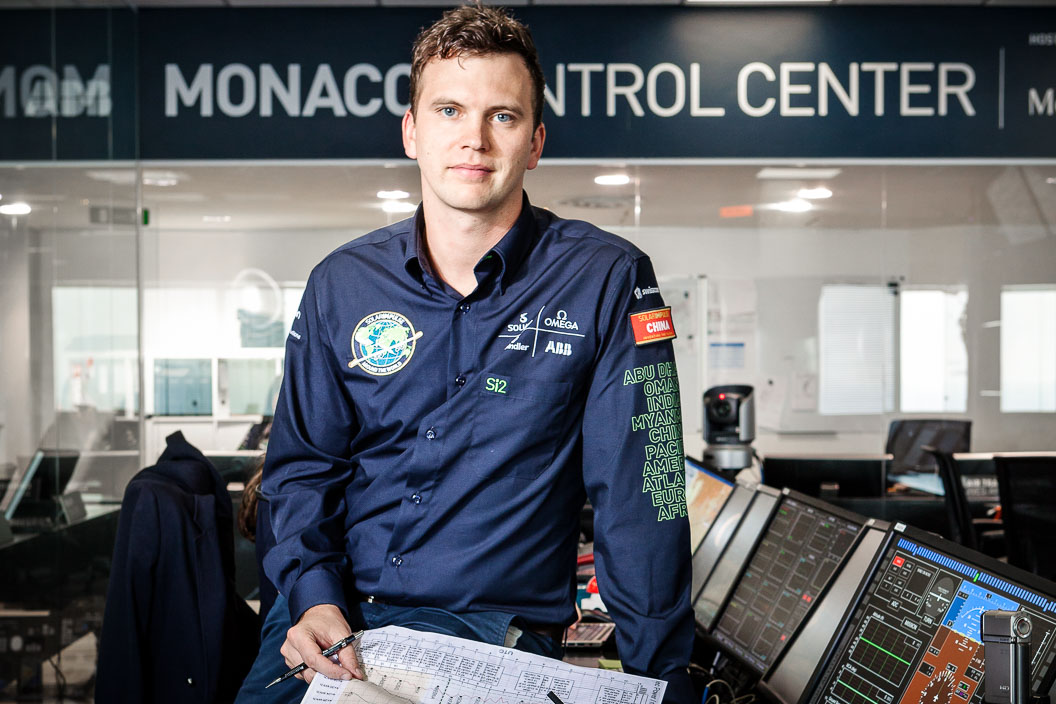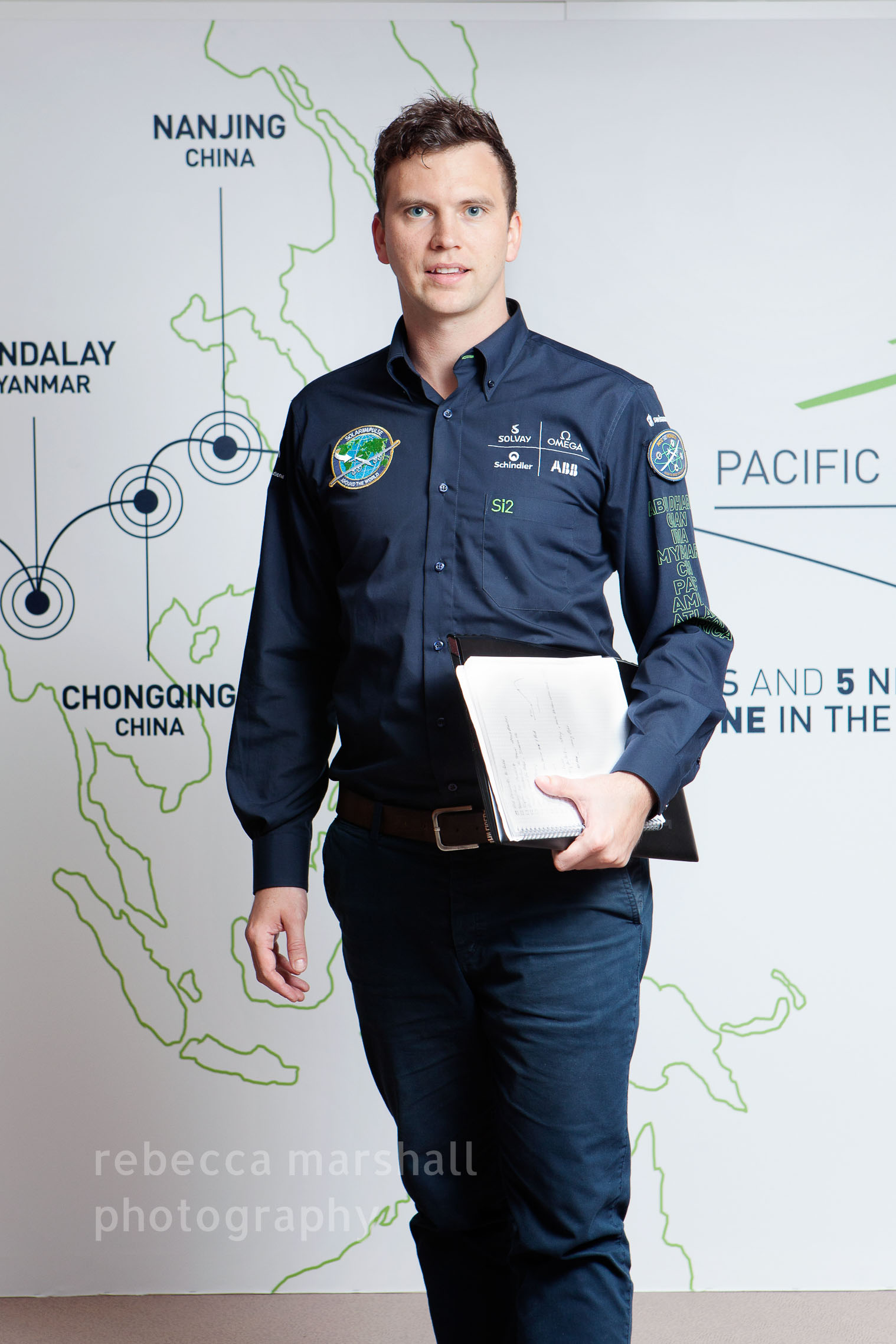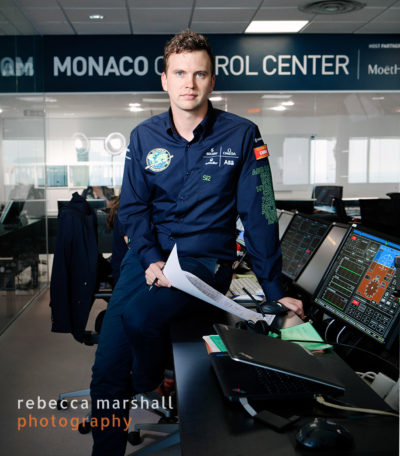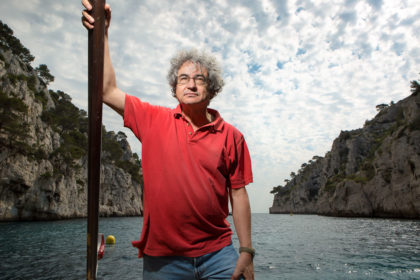Something rather exciting is happening up in the sky at the moment. As I type, the first ever round-the-world flight of a solar-powered plane is being attempted. Perhaps surprisingly, the current base of the mainly Swiss team of engineers working on this pioneering project is right here on the French Riviera. One might think that Monaco, with its two crowded square kilometres of land, would not be ideally suited to housing a space station, but one would be wrong. Monaco is currently home to the control centre of Solar Impulse and I recently went down to photograph the project’s Mission Control Engineer, Michael Anger.
Philharmonic orchestra booted out
When Laif, my agency, called to tell me they needed a photographer to go to Monaco for this portrait assignment, I had to confess that I had no idea of Solar Impulse’s existence. It seems I had missed something. Even a friend of mine who lives far from the French Riviera in rural, back of beyond South of France, seemed to be au courant: “Oh that, yes I know, that’s the world’s first sun-powered plane, right?”
A cheerful press officer greeted me on arrival and we chatted as I hauled my photographer equipment in and out of the lift. “Prince Albert [of Monaco] is buddies with pilot Bertrand Piccard [Swiss explorer & co-founder of Solar Impulse] and when he heard about the project, he was so keen that he invited us all down to Monte Carlo to run things during the flight“. In typical Monaco style, the Prince jovially decided to give the team the top floor of one of the Principality’s famous buildings – the Auditorium Rainier III. Whether he had forgotten that these were the offices of the Monte-Carlo Philharmonic Orchestra or simply didn’t care, is irrelevant. The orchestra administration staff simply had to move out for a few months. “They’re all rather p***** off about it actually“.
Champagne and flashing lights
In any case, Team Solar have made themselves very much at home. What I saw was not a haphazard group of inventors and alternative energy enthusiasts camped out in a spare office. Underneath the red alarm lights that flash when Solar is in flight, a battery of flight engineers sat in rows, tracking every aspect of the flight on screens (along with a heavy presence of meteorologists, which of course makes sense when sunshine is more than a nice-to-have). The scene reminded me of archive images I’ve seen of mission control during Neil Armstrong’s moon landing. Everyone was dressed in team shirts, wearing headsets, and the atmospheric buzz of a lot of brains whirring together on an exciting, intense project was heady. Nearby, the lounge area provided a smoothly-branded contrast, well-stocked by the champagne sponsor and offering plentiful cream couches to welcome journalists and photographers to this ‘Monaco event’.
The working environment was far from straightforward for a photographer though. Trying to avoid disturbing the engineers who all seemed to be concentrating on Very Important Things, managing the challenges of portrait lighting in a space lit by an ugly mix of fluorescent strips and harsh sunlight, avoiding the reflection problems created by the glass partitions everywhere and keeping equipment safe around the groups of schoolchildren being given guided tours, meant that plenty of time and care was required. I had been briefed (with Swiss engineers’ precision in timing) that I would have 30 minutes and no more; I needed my powers of persuasion (and a South of France photographer’s flexibility in timing) to shoot the two portrait set-ups required.
Pacific placement
The portrait that the magazine in Switzerland chose to run was from the second set-up I shot, in a spot as far away as I could get from glass panels and flight engineers. I chose a wall-to-ceiling route map as the backdrop, and placing Michael’s head in front of the Pacific ocean turned out to be an editorially perfect choice as the ocean crossing was scheduled to be the most momentous stage of Solar’s flight. I should add that this was all planned and that I had not simply localised the biggest blank area on the map.
I see today, as I write, that Solar is currently waiting for a weather window to fly the 5 consecutive days and nights needed to make this Pacific Ocean crossing. The ‘moment of truth’ is nigh. I’ll certainly be checking in to see how it goes and, regardless of all the scientific precision, I can’t believe I will be the only one crossing my fingers for sunshine…




